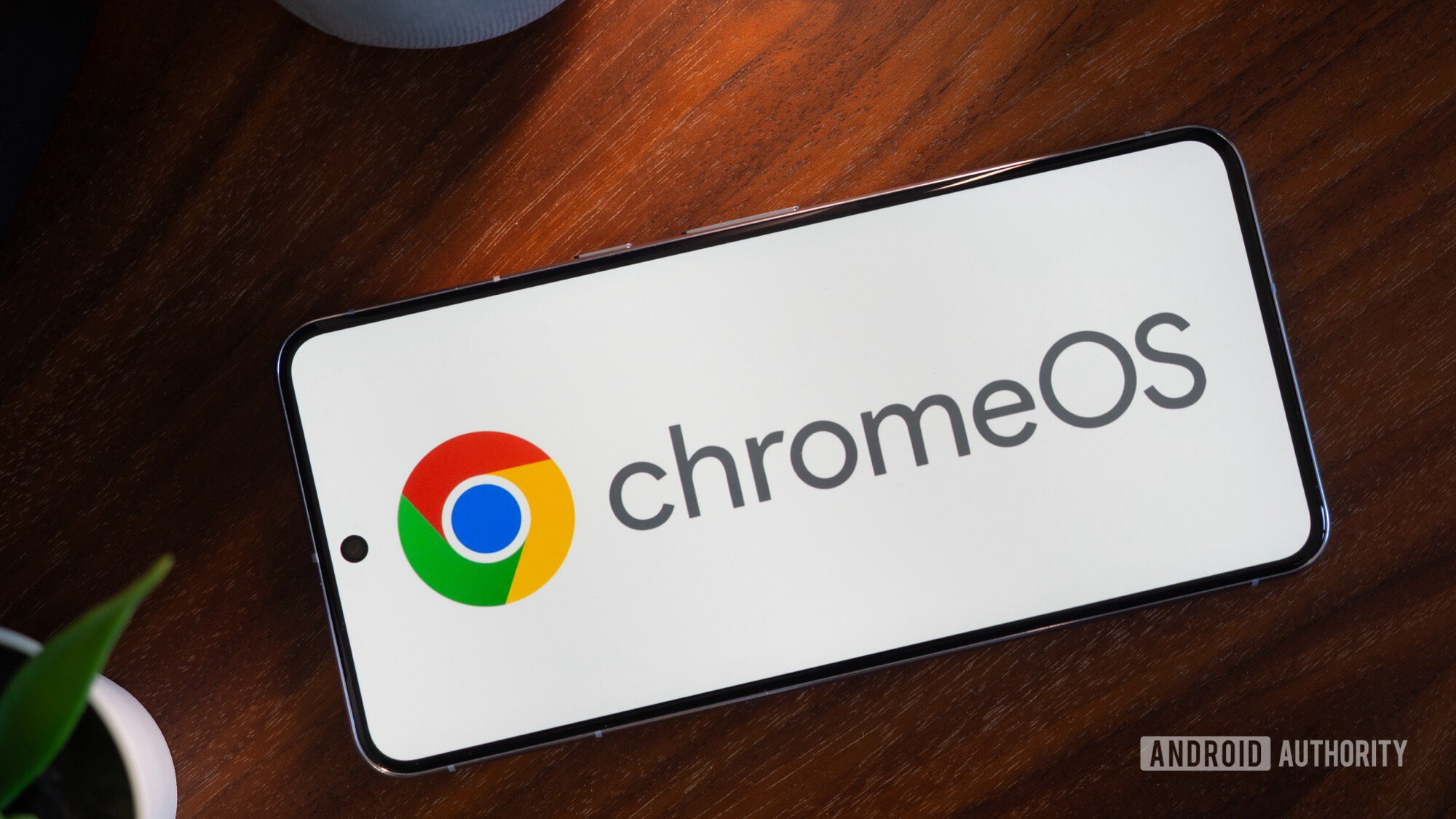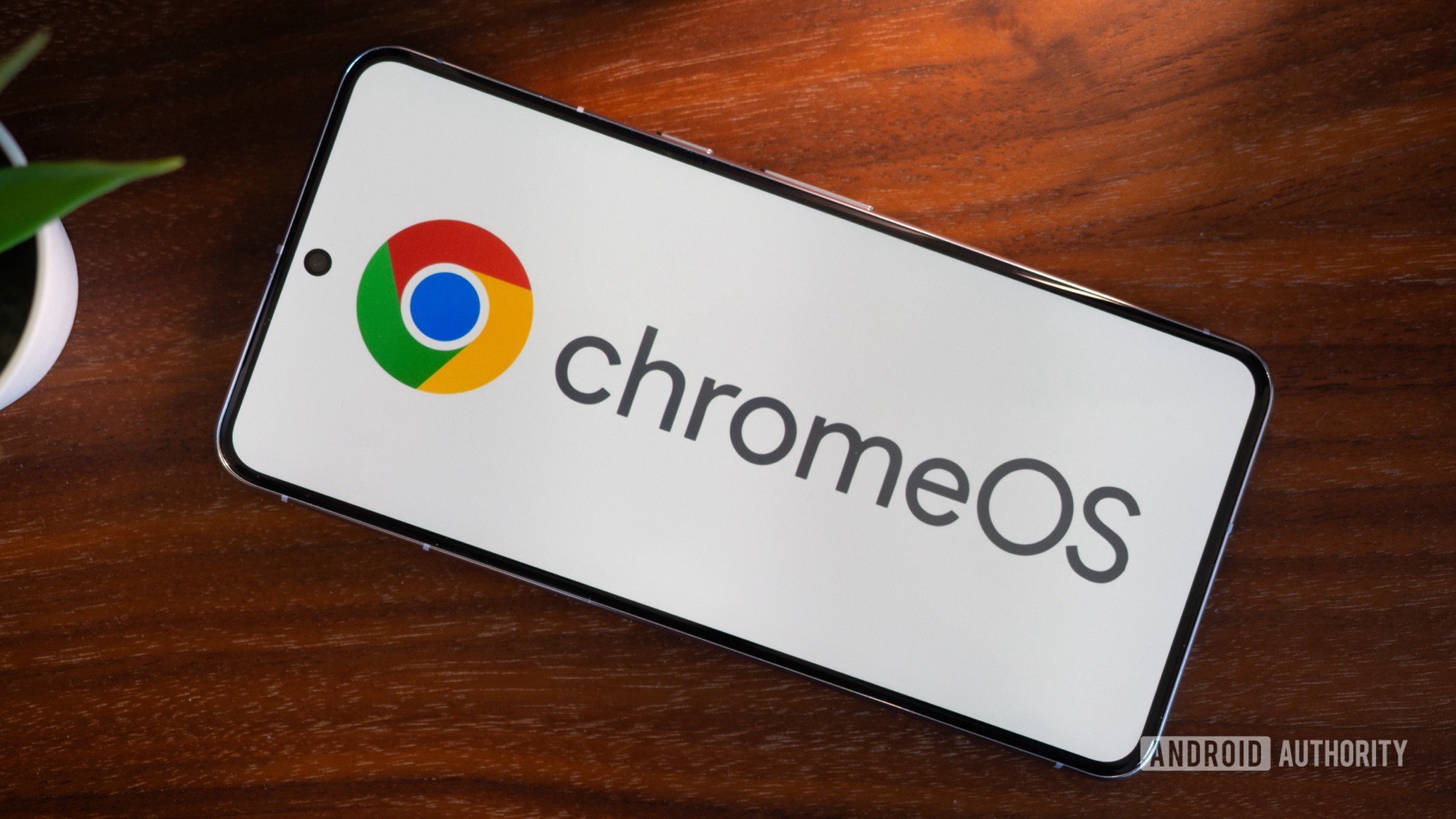TL; Dr
- Google has developed a method to run Chrome OS on its Pixel devices.
- The method involves running a custom build of Chrome OS in a virtual machine using the Android Virtualization Framework.
- The company recently showed it to its partners, but didn’t reveal if it plans to ship it on future Pixel devices.
Although Google originally designed the Android OS around smartphones, it has since updated it to work on other form factors such as tablets, watches, TVs and car dashboards. However, to compete in the PC market, Google created Chrome OS instead of just using Android. Over the years, Google has made the two operating systems more synergistic. For example, Chrome OS ships directly with a copy of the Android runtime so Chromebooks can run Android apps. The opposite – Android devices running Chrome OS software – isn’t possible right now, but that could change in the future as Google tests a way to run Chrome OS on Android devices.
It’s no secret that many modern Android devices are equipped with enough storage, memory, and raw processing power to handle any computing task the average person will throw at them. Because it already has Chrome OS, Google never had to make Android more like Windows or macOS. However, that doesn’t mean it hasn’t tried. In fact, there was a time when Google was actively working on a hybrid of Android and Chrome OS called Andromeda, which it eventually scrapped. Google abandoned its plans to merge Android and Chrome OS because both platforms were already successful, so it would have been more efficient for the company to focus on improving each platform.
“There is no sense for us to unite [Chrome OS and Android],” said Hiroshi Lockheimer, Google’s vice president of Android, Chrome OS and Play, during a (now-defunct) episode in late 2016. All about Android podcast. He added: “They’re both successful. We just want to make sure that both sides benefit from each other.” That’s why Android borrowed seamless updates from Chrome OS and why Chrome OS added support for Android apps. “You’re going to see a lot more happening where we kind of cross-pollinate,” Lockheimer said later in the podcast. “But no, sort of, a fusion.”
True to its word, there is no evidence today that Google plans to merge the two platforms. However, thanks to a relatively new feature of the Android platform, Google now has the ability to run Chrome OS alongside Android seamlessly. This is made possible by the Android Virtualization Framework (AVF), a feature introduced in Android 13 that provides a secure and private execution environment for highly sensitive code.

Rita El Khoury / Android Authority
While AVF was originally designed to run small workloads on a highly constrained build of Android loaded in an isolated virtual machine, there’s technically no reason it can’t be used to run other operating systems. In fact, it was already shown when developer Danny Lin started running Windows 11 on an Android phone in 2022. Google itself never officially provided support for running anything other than its own custom build of Android called “microdroid” in AVF, but that’s no longer the case. The company has begun offering official support for running Chromium OS, the open source version of Chrome OS, on Android phones via AVF, and it has even privately demonstrated it for other companies.
At a private event, Google recently showed off a custom build of Chromium OS, codenamed “ferrochrome,” running in the Pixel 8’s virtual machine. However, Chromium OS was not shown running on the phone’s screen itself. Rather, it was projected onto an external display, which is possible since Google recently enabled display output on its Pixel 8 series. Time will tell if Google is considering positioning Chrome OS as a platform for its desktop mode ambitions and a Samsung DeX competitor.
Samsung Dex or Chrome OS on Android, which would you prefer?
1890 votes
Unfortunately, Google didn’t reveal at the event whether it plans to actually ship a build of Chromium or Chrome OS to existing or future devices. The company just showed that it’s now possible to run Chrome OS alongside Android and gave smartphone makers the tools to do so. It’s possible that Google was just using the Pixel 8 as a test bed with no intention of shipping Chrome OS on any of its own devices, but we really hope that’s not the case. Virtualization is already an incredibly popular mechanism for running software made for another platform on existing hardware, and many flagship phones have more than enough power, space, and memory to run Chrome OS alongside Android. Hopefully, Google will offer to run Chrome OS alongside Android on a future device, as the improved desktop mode experience we saw recently in the Android 15 beta doesn’t seem to be ready yet.
